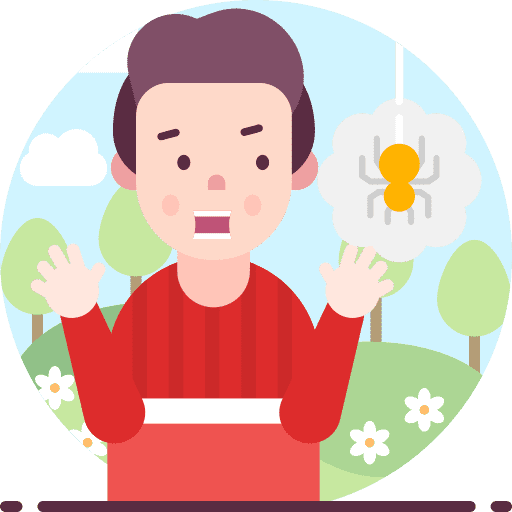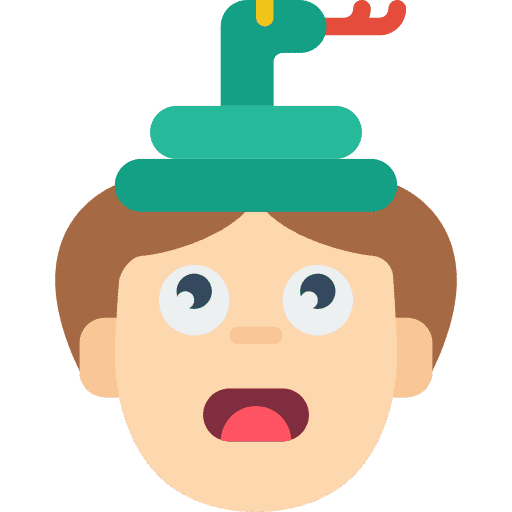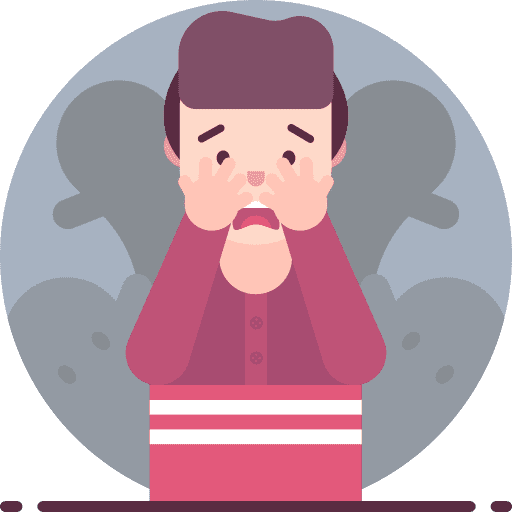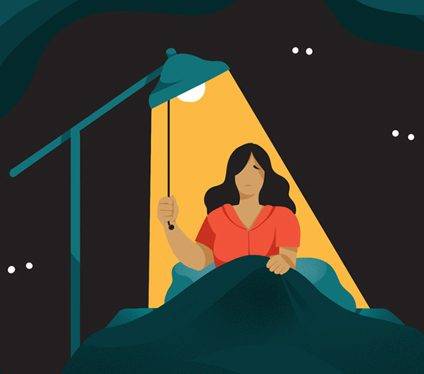Apart from the above-mentioned, there are many more. The physical symptoms accompanying phobia include shortness of breath, dizziness, rapid heartbeat, sweating, shakiness, nausea, etc. One should timely seek professional help in order to get his/her phobia diagnosed and treated. In 75% of phobic cases, Cognitive Behavior Therapy (CBT) helps in regards to specific phobias. Systematic Desensitization is helpful, in which a phobic person is slowly and gradually exposed to the fearful situation, object, or animal. Repeated exposure and interaction help the phobic person to overcome his major fear. The idea is to inculcate a sense of control over that situation, object, or animal. A time comes when a person reacts normally in the presence of that fearful stimulus.








